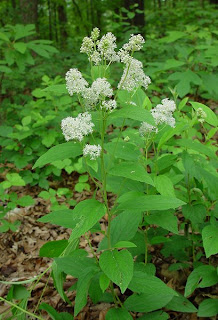VANILLA

Latin Name: Vanilla planifolia
Family: ORCHIDACEAE
Parts Used: Cured seed pods.
Properties: Aphrodisiac, Aromatic, Carminative, Digestive Tonic, Stimulant.
Internal Uses: Emotional Trauma, Hysteria
Internal Applications: Tea, Tincture, Capsules.
Vanilla may an aphrodisiac because it causes urethral irritation.
Vanilla may an aphrodisiac because it causes urethral irritation.
Topical Applications: Perfume, cosmetics, potpourri.
Culinary uses: Used as flavoring for candy, chocolate, ice cream, pudding, sauces, sugar, and liqueurs. Flavoring for pharmaceutical drugs.
Chemical Constituents: Vanillin, coumarins.
Contraindications: Excessive use may be irritating. Much of the Vanilla extract commonly sold today is synthetic vanillin, and even natural Vanilla is often highly diluted with alcohol.
Comments: The Latin word Vanilla means 'little vagina' due to the sexually shaped orchid flower. Native to Central America, Vanilla was introduced by the Aztecs as an addition to chocolate. One reason why Vanilla is the world's second most expensive spice is that the plants must be hand pollinated within a few hours of opening, except in some areas of Mexico where certain species of butterflies and hummingbirds help out. A bee, melipone, that once pollinated Vanilla is now extinct due to pesticide use.
The common name Vanilla includes the species Vanilla pompona, which is used interchangeably with Vanilla planifolia.
The common name Vanilla includes the species Vanilla pompona, which is used interchangeably with Vanilla planifolia.

